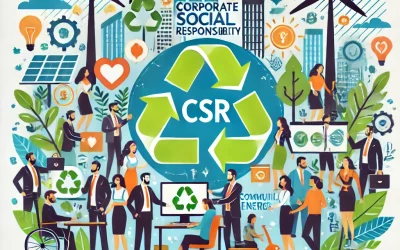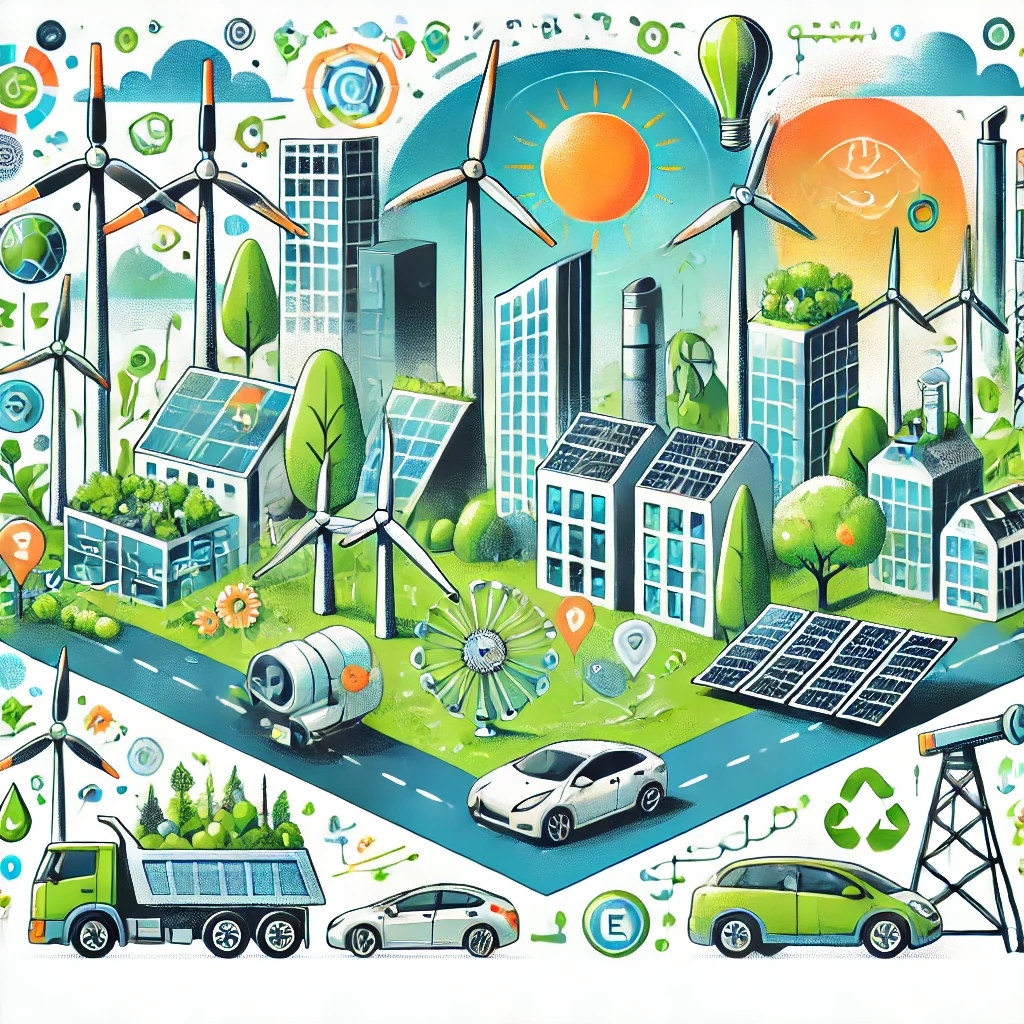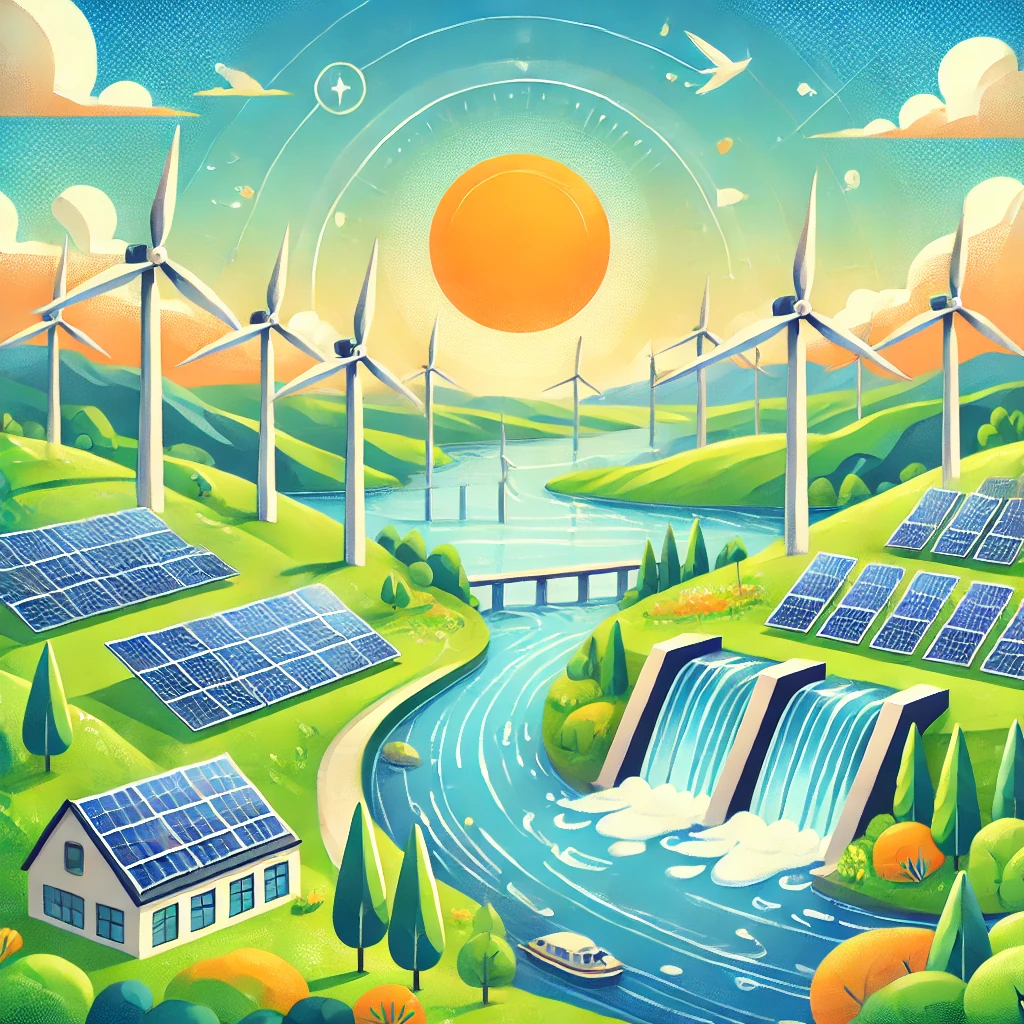Introduction
Global warming is one of the most pressing challenges of our time. As the planet’s temperature rises due to increased greenhouse gas emissions, the need for innovative solutions becomes ever more critical. Thankfully, technology offers a plethora of weapons in the fight against global warming. These advanced technologies can help reduce carbon emissions, increase energy efficiency, and promote sustainable practices. Here, we explore some of the most promising tech weapons we need to combat global warming.
1. Solar Energy
Solar energy is one of the most widely recognized renewable energy sources. Photovoltaic cells convert sunlight into electricity, providing a clean and sustainable power source. Advances in solar technology have made solar panels more efficient and affordable, making it possible for more homes and businesses to harness the power of the sun.
2. Wind Power
Wind turbines convert the kinetic energy of wind into electrical energy. Wind power is a growing source of clean energy, with large-scale wind farms being established around the world. Innovations in turbine design and materials have increased the efficiency and reduced the cost of wind energy production.
3. Electric Vehicles (EVs)
Electric vehicles are transforming the transportation sector, which is a significant contributor to greenhouse gas emissions. EVs produce zero tailpipe emissions, and when charged with renewable energy, their overall carbon footprint is significantly lower than traditional internal combustion engine vehicles. Continued advancements in battery technology are increasing the range and reducing the cost of EVs, making them a viable option for more consumers.
4. Carbon Capture and Storage (CCS)
Carbon capture and storage technology involves capturing carbon dioxide emissions from industrial sources and storing them underground or utilizing them in other processes. CCS can significantly reduce the amount of CO2 released into the atmosphere, helping to mitigate the impact of fossil fuel use while we transition to cleaner energy sources.
5. Green Buildings
Green buildings are designed with sustainability in mind, utilizing energy-efficient materials and technologies to reduce their environmental impact. Features such as improved insulation, energy-efficient windows, and smart building systems help reduce energy consumption. Additionally, green roofs and walls, which incorporate vegetation, can help insulate buildings and reduce urban heat island effects.
6. Smart Grids
Smart grids use digital technology to manage and distribute electricity more efficiently. By integrating renewable energy sources and using real-time data to optimize energy use, smart grids can reduce energy waste and improve the reliability of the power supply. This technology is crucial for managing the variable nature of renewable energy sources like solar and wind.
7. Advanced Agriculture
Agriculture is both a contributor to and a victim of global warming. Advanced agricultural technologies, such as precision farming, can help reduce the carbon footprint of food production. Techniques like drip irrigation, GPS-guided equipment, and the use of drones for monitoring crops can increase efficiency, reduce water usage, and decrease the reliance on chemical fertilizers.
Conclusion
The fight against global warming requires a multi-faceted approach, leveraging the best of what technology has to offer. From renewable energy sources like solar and wind power to innovations in transportation and building design, these tech weapons provide hope for a sustainable future. Embracing and investing in these technologies is crucial if we are to mitigate the impacts of climate change and preserve our planet for future generations.
By harnessing the power of these advanced technologies, we can make significant strides in reducing our carbon footprint and combating global warming. The time to act is now, and with the right tools, we can create a sustainable and resilient world.






